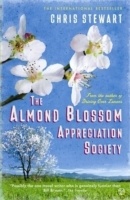Busquístar
Busquístar is located in a privileged natural environment, next to the ravine formed by the Trévelez River and inside the Sierra Nevada national park. It was previously known as el paraíso escondido de los mozárabes (the hidden paradise of the Mozarabic). The exact origins of this village are not known, but evidence shows that is could be as early as the 13th century.





